Connection Client/Server
System configuration ODBC DSN for Oracle
IMPORTANT: The driver to be installed must be 32-bit as ThinkServer runs under this version.
- Open Control Panel > Management Tools > Data Sources (ODBC)

- Select Oracle in OraClient11g_home1 (or the version you have installed). The Oracle ODBC Driver Configuration dialog is displayed.
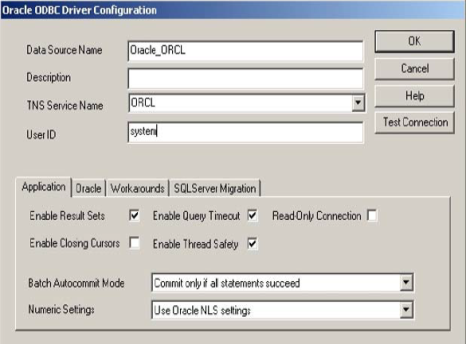
- With the Application tab selected, enter the Data Source Name and the TNS Service Name.
- Click the Oracle tab.
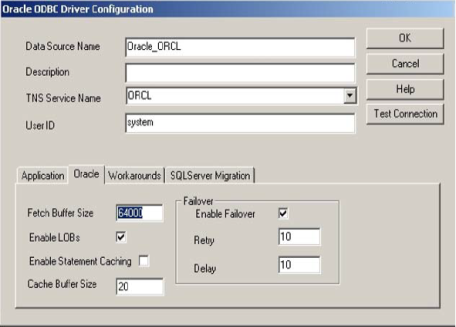
- Enter the Fetch Buffer Size as 64000.
- Click the Workarounds tab
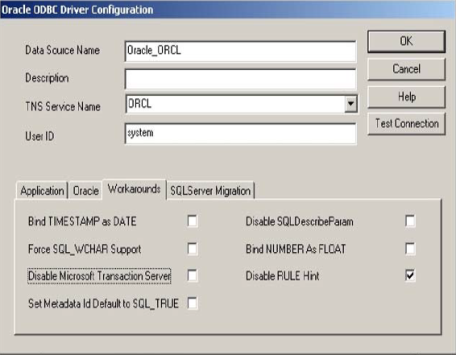
- Ensure that the Disable Microsoft Transaction Server option is not enabled.
- Click the SQL Server Migration tab

- Ensure that the Enable EXEC Syntax option is not enabled.
- Click Test Connection.
- When prompted enter the required User Name and associated Password details and click OK.
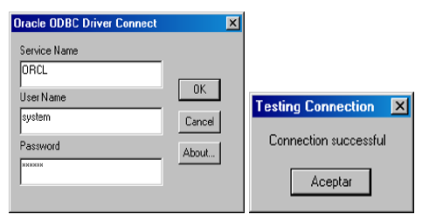
TNSNames.ora
The TNSNames.ora file is located on the client and contains the name of the network service, assigned to descriptors through which access is granted. This file can normally be found in:
There should be just a single TNSNames.ora file per server, no matter how many instances are contained within it.
If you have connection problems it is advisable to check the configuration of this file and verify that the data is correct. An example configuration is shown below:
File parameters:
- HOST: The IP Address of the server to which you want to connect
- PORT: The port number on which the database listens
- SERVICE_NAME: The name of the database service to which you want to connect
- Connect descriptor: In this case the connect descriptor is CNNORASITE
You can check whether the connection is correct by using the TNSPING command:
If the ODBC server-side connection is successful, no further configuration of the TNSNames.ora file is required.
Environment Variables
If there is a problem connecting to Oracle, it is good practice to check environment variables PATH, TSN_ADMIN and ORA_HOME. This verifies accessing system properties on the client server.
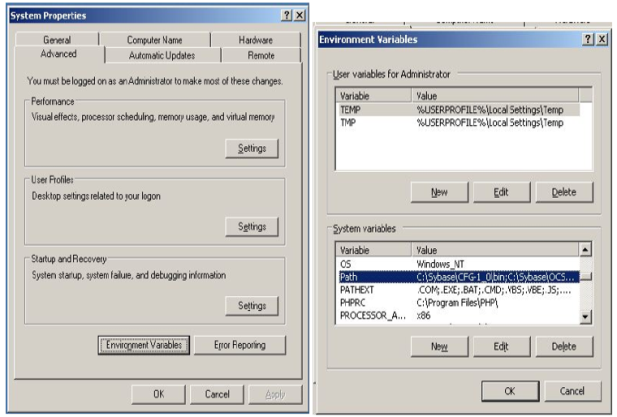
- Edit the system variable Path and add content at the end of the directory path where the dll odbc is installed, for example: C:\Oracle\instantclient11.
- If the tnsnames.ora file is used to connect to Oracle instances, you must also create the system variable ‘TNS-ADMIN’. The value is the path where tnsnames.ora file is located, for example, C:\product\11.1.0\Client_2\product\client_3\network\admin.
- Finally, you can set the ORACLE_HOME environment variable, which references the path where the driver is installed, for example, C:\Oracle\instantclient11.
- If the following error is received: “ORA-12560: TNS: protocol adapter error”, you must also set the ORACLE_SID variable on the Oracle server. The value should be the name of the service to which you want to connect.